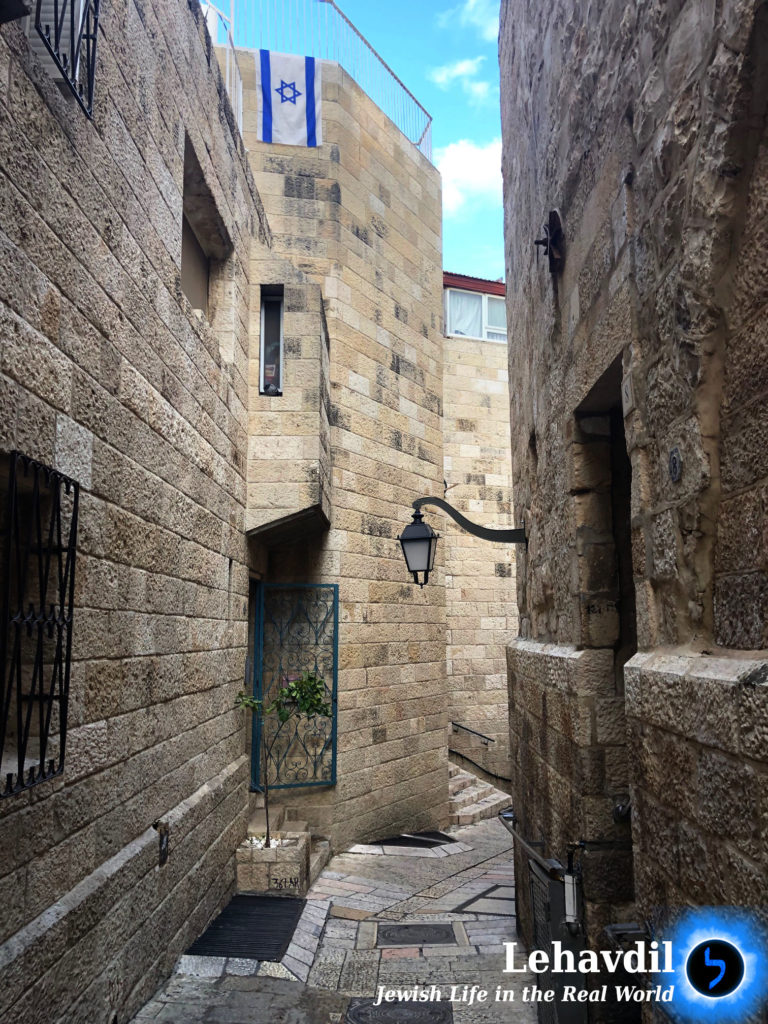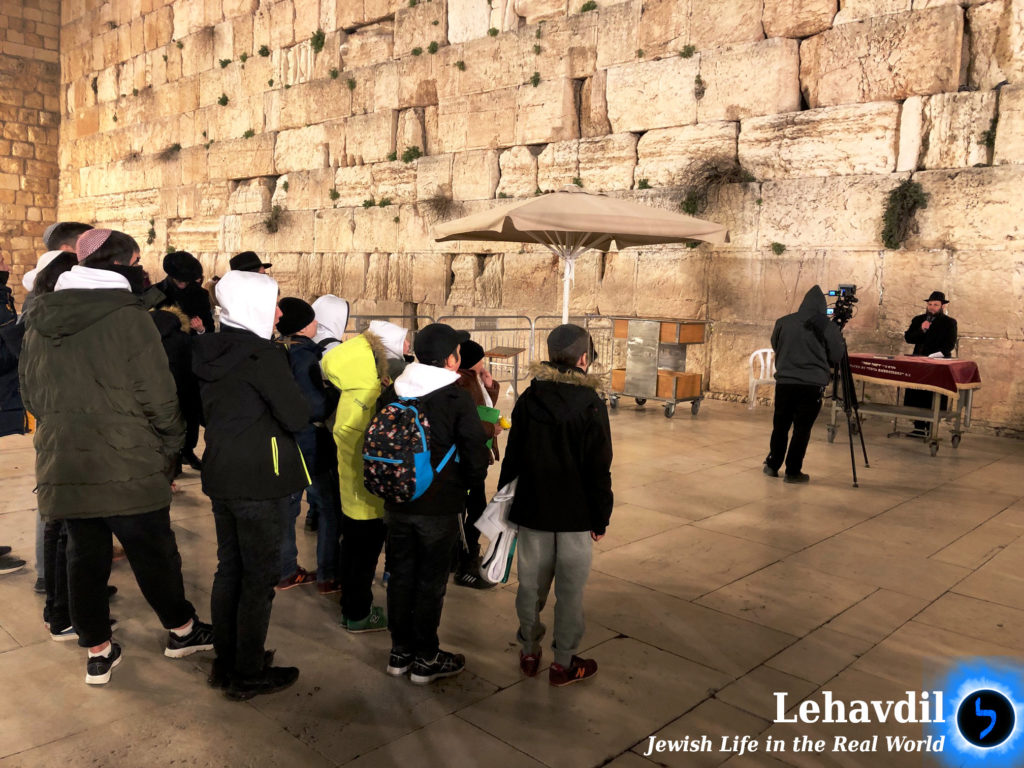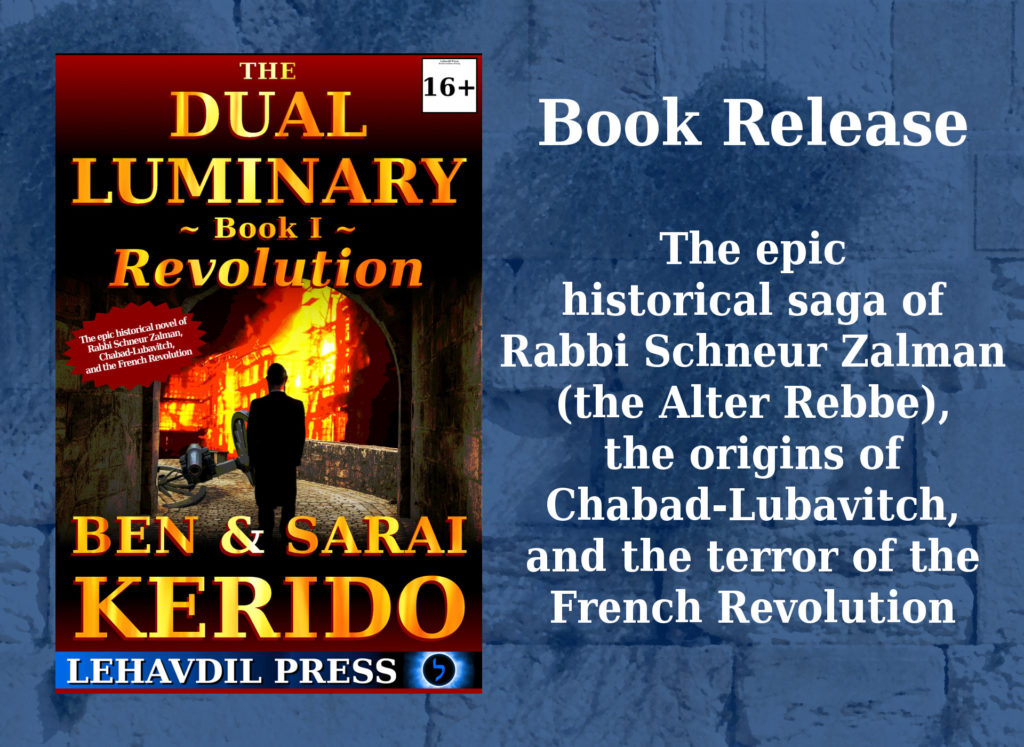Israel Sushi / Ramblings of a Reservist
Ben & Sarai Kerido
(3 – 4 Minute Read)
As the war in Ukraine resulting from Putin’s invasion drags on, thousands of Ukrainian Jews have fled, many of them to the land of Israel. The religious leadership of Israel, namely Chief Rabbis Yosef Yitzhak and David Lau, issued a letter calling for another prayer service to be held in Yerushalayim (Jerusalem). This prayer service would coincide with the traditional Fast of Esther and the following Jewish holiday of Purim, both of which commemorate the miraculous deliverance of the Jewish people as recounted in the Biblical Book of Esther. Living just outside of Jerusalem with my wife, I heeded the call.
Adjacent to the hustle and modernity of the “new city” of Jerusalem lies the Ir Atikah, the Old City, surrounded by high stone walls repaired by the Ottoman Empire nearly five hundred years ago. I made my way into the ancient structure through a large, fortified entrance known as the Jaffa Gate. Within these walls the Jewish, Christian, and Moslem Quarters all converged. The sounds of the Moslem call for prayer echoed from nearby mosques and mingled with the booming toll of church bells, bouncing off of the slick cobblestone streets and beige stone corridors. Male voices emanated in Hebrew and English from yeshiva study halls into the alleyways discussing the deepest teachings of our Talmudic rabbis of old… and occasionally the most recent victories of popular sports teams. The melody of sounds served as an audio testimony against the ridiculous and maliciously false accusations that the modern State of Israel is somehow guilty of appalling “ethnic apartheid” and inexcusible “religious intolerance.”

The sun began to set, casting a golden hue on Har HaZeitim, the Mount of Olives, lying just beyond the Old City. Soon it would be time for the evening service and the additional prayers to be recited on behalf of Ukraine. I approached the plaza of the Kotel, or the Western Wall sometimes referred to as the “Wailing Wall” by others. These outer walls were the remaining structures of the courtyard complex of the Jewish Temple, the Beit HaMikdash, destroyed nearly two thousand years before. The Kotel is paramount to Jewish religious life, as it is near the spot where the original Holy of Holies once stood, regarded by Jews as the most sacred spot on earth. Now, countless thousands of persons from around the world stream to the wall to pray and to experience the spiritual vitality of the place where the Bible claims that the tangible Presence of the Most High once rested.
It was unseasonably cold in Jerusalem for the middle of March. I pulled my coat a little tighter, now gazing at the moon rising above the massive stone walls of the Kotel. To my utter surprise, it began to snow slightly.
Despite the frigidity of the dark evening, a rabbi with a black hat, black coat, and full light brown beard stood solemnly at the wall of the Kotel, ready to begin the service. He was soon surrounded by dozens of children as well as other rabbis and others who had come to pray or just observe. A large camera was set up to record the prayer and livestream broadcast it globally to millions of viewers.
The leader of the prayer service, Rabbi Nissan Goldman, began to speak in Hebrew with a soft hint of a Ukrainian accent. He explained that the children in attendance had escaped Ukraine and arrived in Israel about a week prior. Rabbi Goldman cited a Midrashic Jewish tradition connected with the Biblical story of Mordechai and Queen Esther that the Almighty was most impressed by the sincere pleadings for deliverance from evil and destruction by a small group of children.

“And in that merit,” Rabbi Goldman announced, “our own children who have fled Ukraine are now here to prayerfully recite Psalms on behalf of those who are still in danger, to give charity in their remembrance, to place notes of supplication in the crags of the stones of the Kotel.”
The Ukrainian-Jewish rabbi began chanting Tehillim (Psalm) 121 in Hebrew. Along with the children and others in attendance, I joined in.
“I will lift up my eyes to the mountains; from where does my help come from? From the Almighty Who made Heaven and Earth…”
I gazed for a moment at the young children, gently singing the Hebrew words of the Biblical passage. I could only imagine what they had witnessed and endured in the past few weeks as they gathered together to pray for their friends and loved ones who remained behind.

Eventually, Rabbi Goldman concluded the service. He reminded us of the teachings of such Jewish spiritual giants as Rabbi Moshe Ben Maimon and Rabbi Schneur Zalman of Liadi (who was buried in Ukraine), both of whom encouraged us to bring light into the world even in the darkest times through prayer, charitable giving, and deeds of kindness done for others.
Another man clad in a black hat and coat named Rabbi Mendel Halperin spoke to several individuals of the ongoing efforts to support the Jews in Ukraine. He beamed, describing the successful efforts to send eighteen tons of food into Ukraine from Germany. “Now we are working on getting medicine in,” he added. “But it is amazing to see the Jewish people come together in love and unity. So much of the Jewish world – especially the Chabad-Lubavitch movement – is working together and accomplishing many great things.”
As the war in Ukraine continues to rage, the Jewish community remains in peril, as do millions of other Ukrainian men, women, and children in Kyiv and all throughout the nation. Defying despair and hopelessness, these rabbis and even the children themselves did whatever they could to help those in need, refusing to forget those who had remained behind.
Finally, I departed from the holiest site of Judaism and made my way home through the biting cold and misty darkness. Yes, it was clear that the entire world could use more light, kindness, and love for others. And praying for it was certainly a worthy endeavor.
Learn more about the Jews of Ukraine and Russia, Rabbi Schneur Zalman (a.k.a. the Alter Rebbe and the Ba’al HaTanya) and the origins of the Chabad-Lubavitch movement in this hyper-accurate and dynamic historical novel also written by Ben & Sarai Kerido!
Click on image below!

